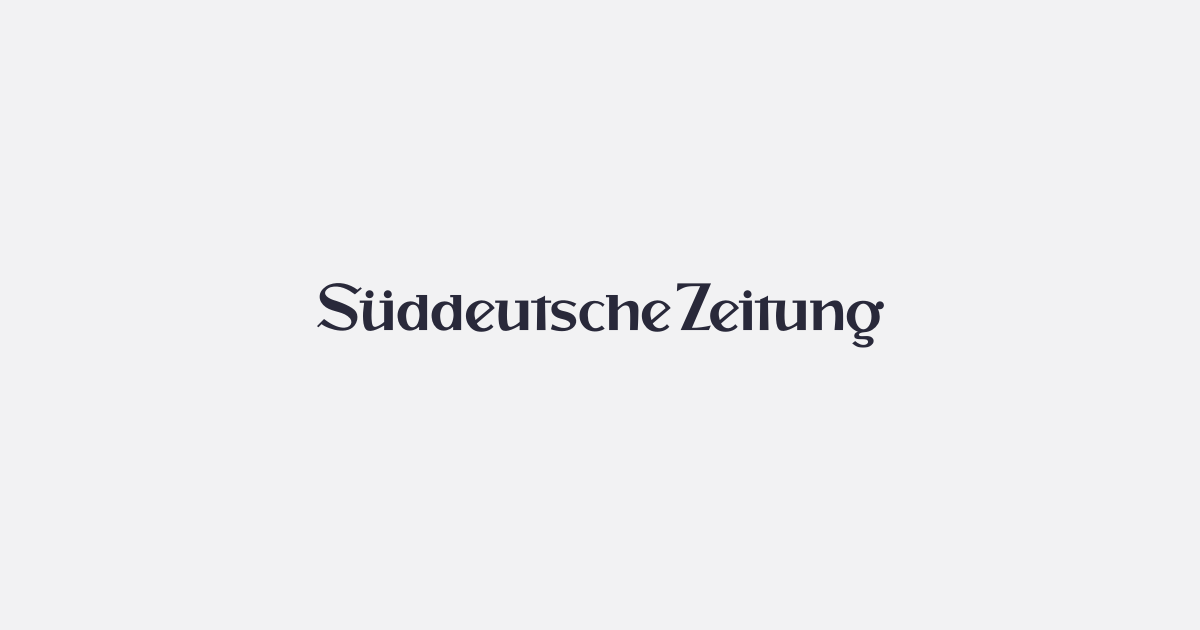When millions of Europeans from 12 countries exchanged lira, francs or pesetas for the common currency of the euro, the then French president, Jacques Chirac, assured that Europe was “claiming their identity and their power”.
For the most enthusiastic promoters of the single currency, the euro was not only a hopeful step for European unity, but it established a rivalry with the United States and the almighty dollar.
The dollar continues to rule
But 20 years later, it is beyond doubt that the dollar reigns overwhelmingly as an international safe haven currency.
When the spread of the coronavirus shut down the world economy, the value of the dollar soared as investors flocked to the safety of the de facto global currency.
More than 2.1 trillion dollars are in circulation today and about 60% of the foreign exchange reserves of central banks are in dollars.
The percentage of the euro is around 20%, according to the European Central Bank (ECB).
But even if it does not pose a direct threat to the hegemony of the greenback, the single European currency is a respectable contender.
German model
The euro is the son of a painful compromise between the two engines of the European Union: Germany abandoned its beloved framework in exchange for France supporting German reunification after the fall of the Berlin Wall.
Initially, the European Central Bank’s rules on the euro took a distinctly German line in which stability and avoiding inflation were the only priority.
Making the euro a leading international currency “may have been the French vision, but it certainly wasn’t that of the German public.” said Guntram Wolff, director of Bruegel, an economic think tank in Brussels.
“When the ECB started operating, it did so on the model of the Bundesbank, which basically means neutral on that issue,” Wolff said.
In any case, the dream was shattered by the eurozone debt crisis. On its 10th anniversary, the euro was fighting for its survival.
Read also: Spare parts shortage could affect vehicle repair
Respuesta a Trump
The idea of promoting the euro as a tool of power returned with the arrival of Donald Trump to the White House. When Trump abandoned the Iran nuclear deal, companies that had invested in that country were threatened by US retaliation.
The European Union prepared a legal strategy to keep European firms away from possible sanctions from Washington, But the plan failed because companies trembled at the idea of challenging Uncle Sam and the broad reach of the dollar.
Annoyed, European leaders called on the European Commission to work on ways to compensate for the use of the dollar as a weapon. The executive body presented some ideas in January, but not a legislative proposal.
Disagreements
A European official familiar with the debate assured that, with the departure of Trump, the issue lost importance. And in any case, “when you talk about the international role of the euro, you talk about everything and nothing at the same time.”
“Everyone agrees with the principle that the euro has a greater role in the world, but where disagreements arise is how to get there”, He said.
Most agree that the missing magic ingredient is a safe asset, a European equivalent to US Treasuries that since World War II have been a global haven for investors from stormy markets.
The high demand for European bonds to help pay for the bloc’s huge fund for post-pandemic recovery has further strengthened this argument.
But this question is off the table for countries such as Germany or the Netherlands, which fear that they will end up paying off loans that benefit indebted states such as France, Spain or Greece.
–

